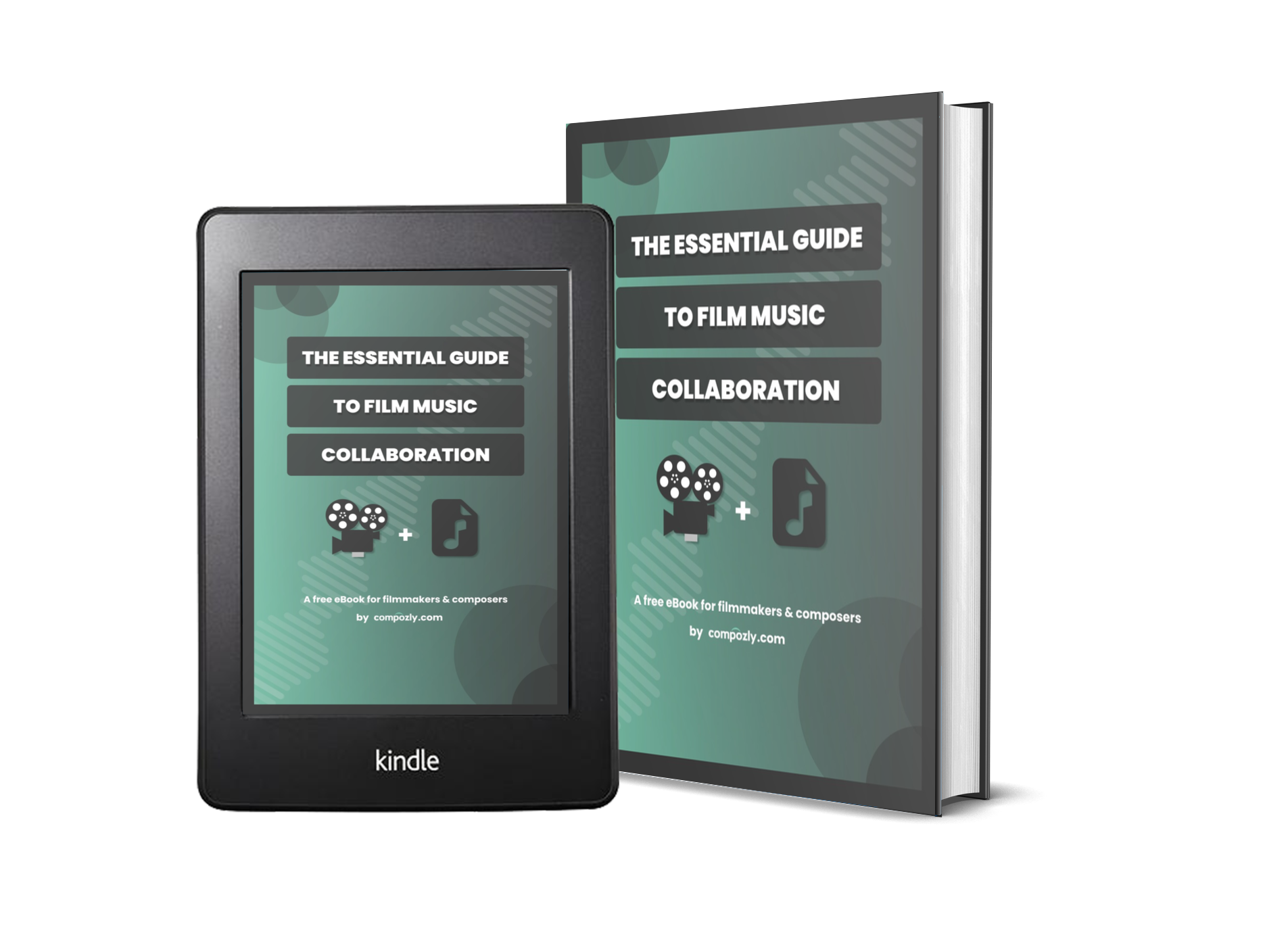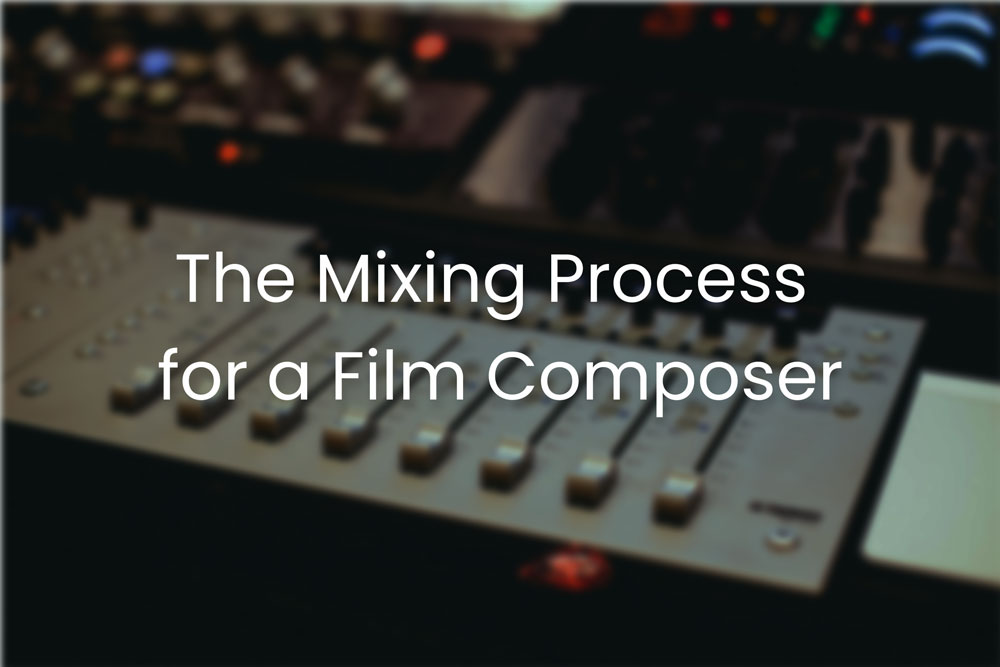In the the last part of our “How to Be a Film Composer” series, we dive into the mixing process. As an independent film composer, mixing is a crucial part of your role in the filmmaking process. Being able to deliver full scores, mixed in a way to where the music has a balance musically, is as important as the music itself. Many editors today may prefer the score to be sent in stems (solo tracks of each instrument group used in the score), which allows the editor many more options for bringing sections in and out depending on new cuts or creative preference.
If you listen to the music commentary on Mission Impossible: Fallout, composer Lorne Balfe explains the process of how delivering and recording stems of each instrument type is more frustrating because a lot of the scoring sessions are recording each instrument group one at a time. While he admits this is tedious, he also feels like this undoubtedly leads to a much better result and allows more flexibility for the filmmakers. Gone are the days of recording an entire orchestra while they play to E.T. flying over the moon. This does happen, but only once in a big blue Amblin moon.
In a way, the filmmaking process has become less magical, wondrous, and authentic in exchange for less expensive green screen and CGI. James Cameron is a prime example of using technology in a very smart and meticulous way over the course of many years to develop groundbreaking techniques to make a film look incredible and give us that amazing cinematic experience. He barely makes movies, but when he does, they are visual masterpieces that also break new ground in the world of filmmaking from a technology standpoint. George Lucas had more of an industry studio influence in the 70’s and 80’s in that regard, launching THX, Skywalker Sound, ILM, etc., while James Cameron still makes movies today that awe audiences through a visual spectacle using newly discovered or created technologies.
To relate this back to film scoring, the filmmaking process itself greatly effects the film scoring process. While the final product of many scores overall can tend to sound the same, a lot of times the steps to get there can vary depending on scheduling conflicts, type of score the film needs, and editor preferences. The general way that professionals deliver and present music to directors are pretty consistent, however, as technology and processes change again over time, adaptation is incredibly important. There’s a reason that there are only a handful of composers who score in that old school approach. If every composer still wrote with pen and paper, film scoring would not be evolving with the rest of the moviemaking world. Writing in a classical, retro style is actually still a very popular sound when it comes to music in film, but the steps involved in creating that style has allowed for more movies to be made, which leads to more composer job opportunities!
Directors don’t have time to wait for a score to be written AFTER the final cut is edited together, which is what used to be the case. Now, the music process can start much earlier thanks to mockups using a DAW (Digital Audio workstation) such as Logic Pro. While this makes the overall filmmaking journey easier, the composer MUST be able to present a realistic sounding version of the score.
With a plethora of amazing sounding orchestral samples available online, and the DAW getting stronger all the time, there’s no excuse to not be able to create a MIDI mockup of your ideas for the score, even if you know you’ll be able to record with real instruments later. Check out Composer Hans Zimmer’s Man of Steel sketchbook: This is basically what directors are looking for when it comes to a good sounding mockup.
You’ll notice that not everything sounds perfect or completely realistic to the orchestra like in the final score version, but 95% of the idea comes across, which is totally fine for a mockup you would present to a director. You can imagine this being a 30 minute play through of Hans giving a mini explanation to Director Zack Snyder what each part of the mockup should represent in the film, and from there they can work together to form cues for individual scenes to match for timing, tone, etc., and also gives Zack a chance to point out something musically he doesn’t think will work.
When delivering a final mix for a score, it really does depend on what level the of production the film is considered. An Indie film usually takes a more simplistic approach and is likely to have a MIDI-only score similar to a soundtrack – as opposed to a Hollywood orchestral recording. When approaching the mix, consider the type of production you’re in, but also don’t be afraid to ask the filmmakers their preference, as even indie filmmakers may want stems or have the budget for a couple live instruments. Every project requires something slightly different on the side of the composer, so adapting to the needs of the director and possibly studio is something a professional film composer should be ready to do on every project they’re a part of.

Get your FREE copy of "The Essential Guide to Film Music Collaboration" to help create better music for your film and video projects.
About the Author

Adam Robert Galloway
Film Composer
Adam is a content creator for Compozly and a fellow music composer. He has been scoring films since 2012 and releasing original & cover songs as Muzikm4n since 2017. Despite no formal training in composition, Adam has spent many years learning how to produce and compose music that provides filmmakers with effective and unique scores.
© 2025 Compozly, LLC ALL RIGHTS RESERVED

